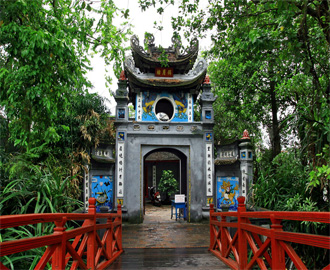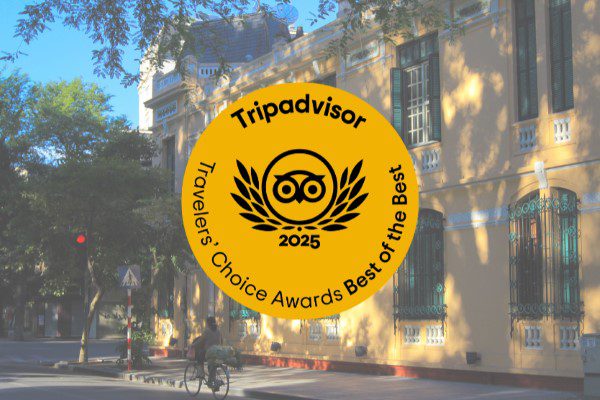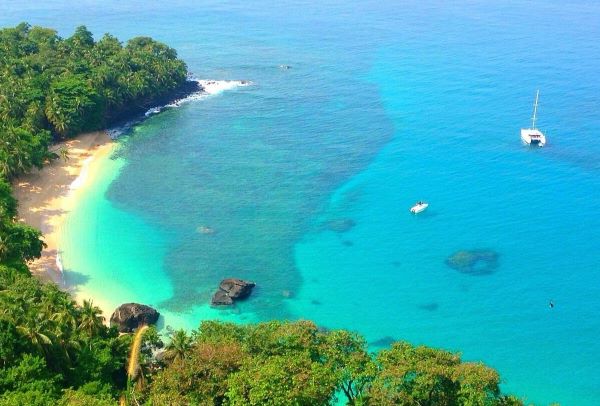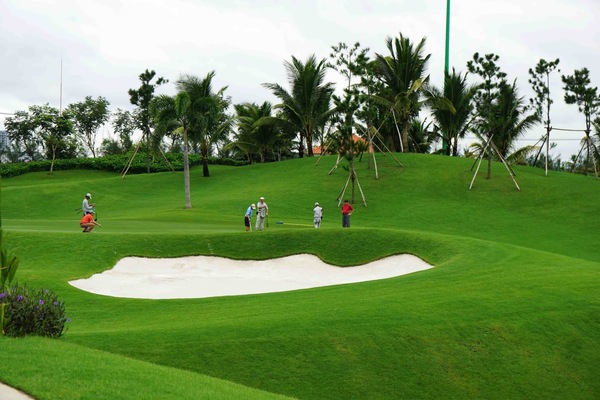Hanoi has proposed that five of the city’s historic sites be recognised as national special relics in 2014. The proposal is part of a bigger project to list the city’s intangible cultural heritage which has been completed by municipal authorities.

The project aims to prepare an academic report on the nation’s intangible culture heritage.
The two-year project will be carried out in 2013-14 with a total budget of over 13 billion VND (611,000 USD). The capital city’s Department of Culture, Sports and Tourism will focus on intangible culture heritage, such as ethnic languages and literature, folklore, the performing arts, social customs, festivals and traditional handicrafts, which are in real danger of fading away and in urgent need of preserving.
Based on data and information gathered on intangible cultural heritage across the city, management teams will initially carry out the task and apply effective methods of conservation.
Over the past five years, the conservation and development of Thang Long – Hanoi ‘s typical cultural values have been actively pursued. Many old cultural activities have been restored for tourist purposes.
Hanoi has more historical sites than anywhere else in the country, including two world recognised cultural heritage sites, the Thang Long Imperial Citadel and the 82 stone steles at Van Mieu ( Temple of Literature ).
Since 2010, Hanoi has spent approximately 1 trillion VND on upgrading and conserving a number of historical sites.They are Ngoc Son Temple , Hoan Kiem (Returned Sword) Lake , Phu Dong Temple , two temples for worshipping Hai Ba Trung (Trung Sisters) in Phuc Tho and Me Linh districts, and the communal house in Tay Dang













